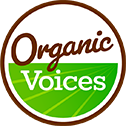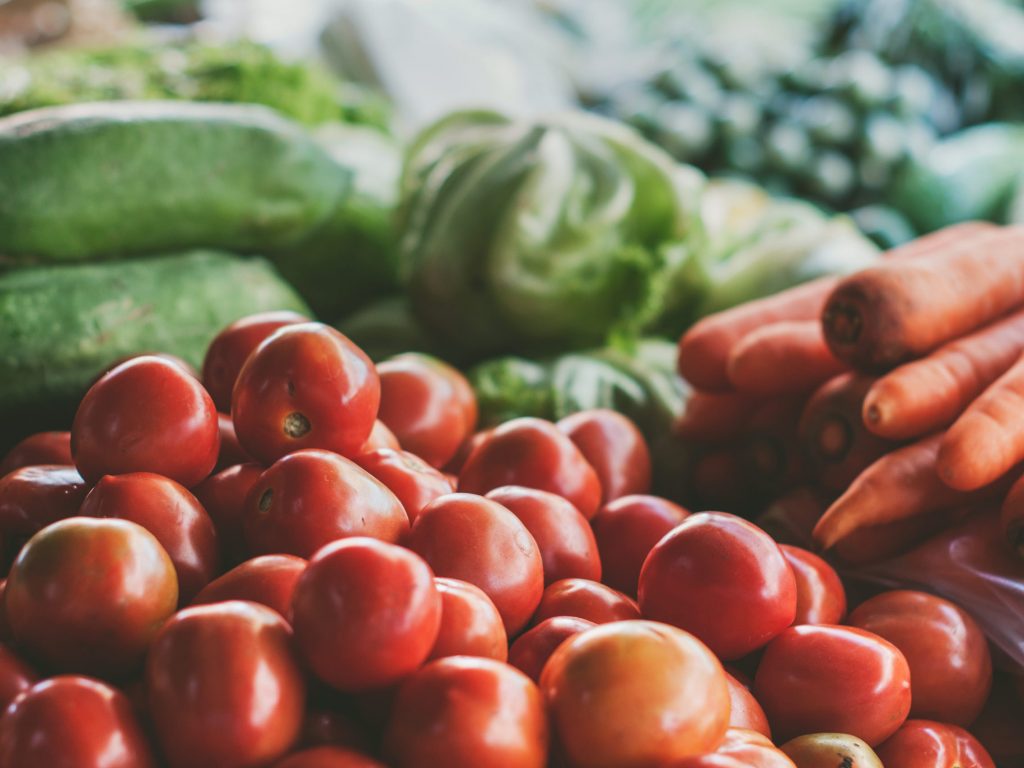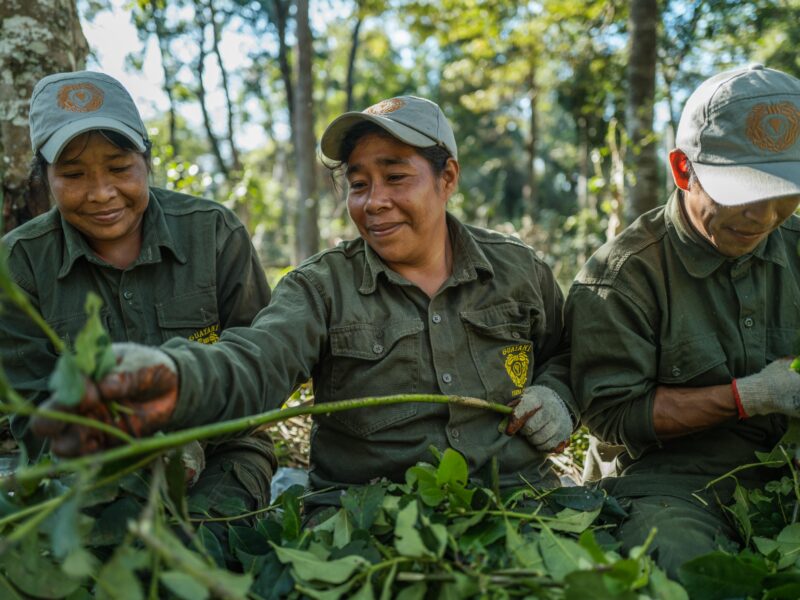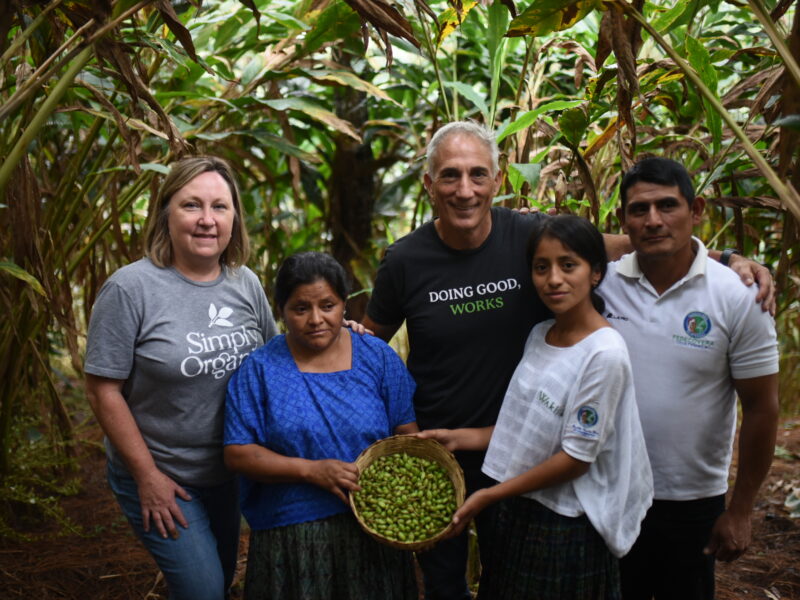1. What is Organic Certification?
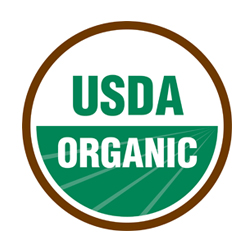 The USDA defines organic standards and regulations that encourage farmers, ranchers, and food processors to protect soil and water quality, preserve biodiversity, and promote animal welfare while refraining from the use of synthetic pesticides, GMO’s, antibiotics, and other restricted materials.
The USDA defines organic standards and regulations that encourage farmers, ranchers, and food processors to protect soil and water quality, preserve biodiversity, and promote animal welfare while refraining from the use of synthetic pesticides, GMO’s, antibiotics, and other restricted materials.
Organic certification verifies that a farm or handling facility complies with U.S. Department of Agriculture’s organic regulations. Once certified, you may sell, label, and represent your product as “certified organic”, and you can use the USDA organic seal.
2. Who and What Should Be Certified?
There are 4 categories of products that are eligible for USDA certification: Crops, Livestock, processed/multi-ingredient products, and wild/ uncultivated crops. A farm or business must be certified if it receives more than $5,000 in gross annual organic sales of any of these products.
If an operation receives less than $5,000, it is still permitted to label and sell products as “organic” even without USDA organic certification. However, these operations must seek voluntary certification if they wish to use the USDA organic seal or refer to their products as “certified organic”.
3. Who Certifies Farms and Facilities?
The USDA trains and accredits independent agents who are authorized to certify farms and businesses that comply with USDA organic regulations. There are eighty USDA-Accredited Certifying Agents (ACA’s) in operation today.
4. How Much Does it Cost to Get Certified?
The cost of certification varies from a few hundred dollars to several thousand dollars depending on the size, type, and complexity of the operation. Costs include the application fee, annual renewal fees, assessments on annual production or sales, and inspection fees. There is an Organic Certification Cost-Share Program which can reimburse up to 75% of these costs for eligible operations.
5. What Does the Organic Certification Process Look Like?
Step 1: The producer or handler who has adopted organic practices submits application fees to an ACA
The application must include the application fee, a detailed description of the operation, the products produced or processed, and a written “Organic System Plan” describing the practices and substances used.
Step 2: The agent reviews the application to ensure compliance with USDA organic regulations
Step 3: An inspector, working on behalf of the agent, conducts an on-site inspection to ensure organic compliance
Step 4: The agent reviews inspection results
Step 5: If the applicant is in compliance with USDA organic regulations, then the agent issues the organic certificate
Step 6: Once certified, applicants must apply for renewal every year for the certification to remain valid
